Home>Garden Essentials>Who Created Vertical Garden Wall
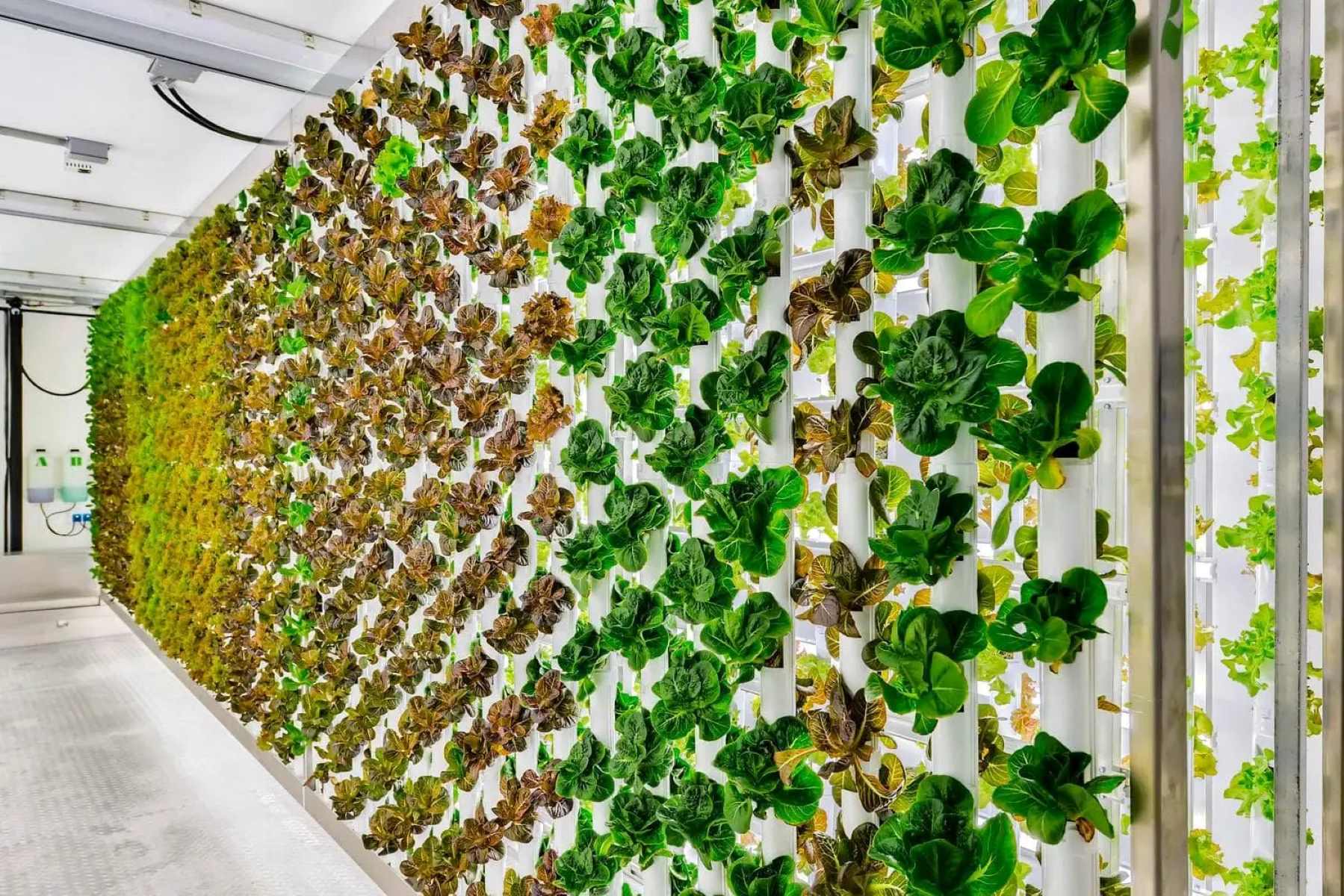

Garden Essentials
Who Created Vertical Garden Wall
Modified: March 16, 2024
Discover the brilliant mind behind the innovative creation of the vertical garden wall. Explore how this captivating garden design brings nature to life right in your own backyard.
(Many of the links in this article redirect to a specific reviewed product. Your purchase of these products through affiliate links helps to generate commission for Storables.com, at no extra cost. Learn more)
Introduction
Welcome to the world of vertical garden walls! In recent years, the concept of vertical gardening has gained immense popularity among garden enthusiasts and urban dwellers alike. This innovative gardening technique allows you to transform ordinary walls into stunning displays of lush greenery.
Vertical garden walls, also known as green walls or living walls, provide numerous benefits, both aesthetically and environmentally. They not only add a touch of natural beauty to urban spaces but also help purify the air, regulate temperature, reduce noise, and provide habitat for beneficial insects and birds.
In this article, we will delve into the origins and evolution of vertical garden walls, explore their many benefits, and highlight some of the popular creators in the field. So, if you’re ready to embark on a journey through the world of vertical gardening, let’s get started!
Key Takeaways:
- Vertical garden walls, also known as living walls, bring nature to urban spaces, offering benefits like air purification, noise reduction, and space optimization. They have a rich historical origin and are popularized by visionaries like Patrick Blanc and Stanley Hart White.
- Modern innovations in vertical garden wall design, such as modular panel systems and smart monitoring, make vertical gardening accessible and visually captivating. Popular creators like Plant Wall Design and Green Fortune have revolutionized the field with their expertise and sustainability focus.
Read more: How To Make Living Wall Vertical Garden
Concept of Vertical Garden Wall
The concept of a vertical garden wall revolves around the idea of utilizing vertical spaces to grow plants, rather than traditional horizontal gardens. It involves creating a self-sustaining ecosystem where plants are grown vertically on a structure, such as a wall or a framework.
Vertical garden walls can be implemented both indoors and outdoors, making them a versatile and adaptable gardening solution. They can be installed on the exterior walls of buildings, balconies, rooftops, or even indoors, in living spaces, offices, or commercial establishments.
There are various methods and systems used to create vertical garden walls, ranging from specially designed plant containers, modular panels, or even utilizing hydroponic or aeroponic systems. These systems allow for the optimal growth and maintenance of plants in vertical spaces.
One of the key elements in a vertical garden wall is the use of a growing medium or substrate. This medium holds the plants securely in place while providing necessary nutrients and moisture. It can consist of soil, peat moss, coco coir, or a specialized growing medium specifically designed for vertical gardening.
Another important aspect is the selection of plants. The choice of plants depends on various factors such as the location, climate, sunlight exposure, and overall aesthetics. Typically, a combination of ornamental plants, herbs, vegetables, and even flowering plants can be incorporated to create a visually stunning and functional vertical garden wall.
Vertical garden walls can be designed in various styles, ranging from a simple grid pattern to elaborate artistic arrangements. The choice of design depends on individual preference and the desired visual impact. Some gardeners prefer a more structured and organized layout, while others embrace a more natural and free-flowing approach.
So, whether you’re looking to maximize limited space, enhance the visual appeal of your surroundings, or simply have a love for plants and gardening, the concept of a vertical garden wall offers a unique and exciting way to indulge in your passion.
Benefits of Vertical Garden Wall
Vertical garden walls offer a wealth of benefits, making them a popular choice for both homeowners and businesses. Let’s explore some of the key advantages:
- Aesthetic Appeal: One of the main reasons people opt for vertical garden walls is their visual impact. They transform plain walls into vibrant and eye-catching displays of plant life. From lush green foliage to colorful blooms, vertical gardens add a touch of natural beauty to any space.
- Space Optimization: Vertical garden walls are perfect for maximizing limited space. Whether you have a small balcony, a compact backyard, or even an interior wall, vertical gardening allows you to make the most of vertical surfaces that would otherwise go unused.
- Air Purification: Plants are natural air purifiers, and vertical garden walls contribute to cleaner air quality. They help absorb harmful pollutants and release oxygen, creating a healthier and more refreshing environment.
- Temperature Regulation: Vertical gardens act as natural insulation, reducing the temperature fluctuations in the surrounding area. They can help keep buildings cooler during hot summers and offer a layer of protection against the cold during winter months.
- Noise Reduction: The dense vegetation of a vertical garden wall acts as a sound barrier, dampening noise pollution. This is especially beneficial if you live in a bustling urban environment or near a busy road.
- Ecological Benefits: Vertical garden walls contribute to the conservation of biodiversity by creating habitats for insects, birds, and other beneficial creatures. They play a vital role in urban ecosystems, promoting a healthier and more balanced natural environment.
- Stress Relief: Spending time in the midst of nature has proven health benefits, including stress reduction. Vertical garden walls provide a calming and therapeutic environment, allowing you to unwind and reconnect with nature.
- Food Production: Vertical garden walls can be utilized to grow herbs, vegetables, and even small fruit-bearing plants. This enables individuals to access fresh produce directly from their own garden, promoting sustainable and healthy food choices.
Whether it’s enhancing the visual appeal, improving air quality, or creating a tranquil oasis, vertical garden walls offer a multitude of benefits that go beyond traditional gardening methods. So, why not bring the beauty and benefits of nature into your living or working space?
Historical Origins of Vertical Garden Wall
The concept of vertical gardening and the use of green walls can be traced back to ancient civilizations, where people sought innovative ways to incorporate nature into their living spaces. Here are some historical origins of vertical garden walls:
- Babylonian Hanging Gardens: One of the most famous examples of vertical gardens dates back to ancient Babylon. The legendary Hanging Gardens of Babylon, one of the Seven Wonders of the Ancient World, showcased a magnificent collection of plants and foliage cascading down terraces. These gardens were built around 600 BC and were known for their breathtaking beauty.
- Medieval Monastic Gardens: In medieval Europe, monastic gardens were designed not only for their aesthetic appeal but also for practical purposes. Convents and monasteries often implemented vertical gardening techniques to grow medicinal herbs and vegetables within the limited space of their enclosed courtyards.
- Japanese Zen Gardens: Japanese culture has long embraced the concept of integrating nature into architecture. Zen gardens, characterized by minimalist designs and meticulous attention to detail, often incorporate vertical elements. These serene spaces utilize rocks, bamboo screens, and carefully placed plants to create harmonious and calming environments.
- Green Walls in Modern Architecture: The modern concept of green walls gained traction in the mid-20th century when architects and designers began exploring innovative ways to incorporate plants into structures. The pioneering work of French botanist and artist Patrick Blanc in the late 1980s brought vertical garden walls into the mainstream. His creations, using a specialized hydroponic system, showcased the potential of green walls in urban environments.
Today, vertical garden walls have evolved into a popular urban gardening solution worldwide. With advancements in technology and sustainable practices, vertical gardens have become more accessible and adaptable to various settings and climates. From residential buildings to commercial spaces, these living walls continue to transform urban landscapes and reconnect people with nature.
The concept of vertical garden walls can be traced back to the work of French botanist Patrick Blanc in the late 20th century. Blanc is often credited with popularizing the idea of using vertical spaces to create living walls of plants.
Modern Innovations in Vertical Garden Wall Design
The popularity of vertical garden walls has spurred numerous innovations in design and technology. Here are some of the modern advancements that have revolutionized the field:
- Modular Panel Systems: The introduction of modular panels has made it easier than ever to create a vertical garden wall. These panels, made from materials like recycled plastic or metal, feature built-in pockets or slots where plants can be inserted. They provide a convenient and flexible way to design and maintain vertical gardens.
- Hydroponic and Aeroponic Systems: Hydroponics and aeroponics offer soil-less cultivation, providing an efficient and water-saving approach to vertical gardening. These systems allow for precise control of nutrient delivery and optimal plant growth. Hydroponics involves growing plants in a nutrient-rich water solution, while aeroponics suspends the plant roots in a mist of nutrient solution.
- Automatic Irrigation Systems: To simplify the maintenance of vertical garden walls, automatic irrigation systems have become increasingly popular. These systems deliver water directly to the plants through timed sprinklers, drip irrigation, or misting devices. They ensure that plants receive the necessary moisture without the need for constant manual watering.
- LED Grow Lights: In spaces with limited sunlight, the use of LED grow lights has become a game-changer for vertical garden walls. These energy-efficient lights emit specific wavelengths that promote plant growth, allowing plants to thrive even in indoor or low-light environments. LED grow lights can be customized to provide the ideal light spectrum for different stages of plant growth.
- Artistic and Creative Designs: Vertical garden walls are no longer limited to simple arrangements. Designers and artists have pushed the boundaries, incorporating creative and artistic elements into their creations. From intricate patterns and shapes to vibrant color combinations, these unique designs bring an artistic flair to vertical gardening.
- Smart Monitoring Systems: With the rise of smart technology, monitoring systems have emerged to help gardeners maintain optimal conditions for their vertical garden walls. These systems can measure temperature, humidity, light levels, and even nutrient levels. They provide real-time data, alerts, and recommendations, ensuring that plants receive the ideal growing conditions.
These modern innovations have made vertical garden walls more accessible, efficient, and visually captivating. They have opened up possibilities for creating lush green spaces in various settings while reducing the maintenance and care required. With ongoing advancements, the future of vertical garden wall design holds even more exciting opportunities for sustainable and innovative gardening.
Read more: How To Create An Indoor Vertical Garden
Popular Vertical Garden Wall Creators
There are many talented individuals and organizations that have made significant contributions to the world of vertical garden walls. Their innovative designs and expertise have shaped the field and inspired countless garden enthusiasts. Here are some popular vertical garden wall creators:
- Patrick Blanc: Renowned French botanist and artist Patrick Blanc is often credited as the pioneer of modern vertical garden walls. His groundbreaking work in the late 1980s brought the concept of green walls into the mainstream. Blanc’s innovative hydroponic systems and artistic arrangements have made a lasting impact on the industry.
- Stanley Hart White: Stanley Hart White, an American landscape architect, is known for his influential designs of vertical gardens. He has created stunning green walls for various projects, including The Athenaeum Hotel in London and One Bryant Park in New York City. White’s designs often incorporate a mix of plant species, creating visually captivating and ecologically diverse living walls.
- Plant Wall Design: Plant Wall Design, founded by Ignacio Solano, is a Spain-based company specializing in the creation of vertical garden walls. They have designed and installed numerous living walls globally, including notable projects like the vertical garden at the Novartis headquarters in Basel, Switzerland. Their innovative approaches and commitment to sustainability have garnered international recognition.
- Green Fortune: Green Fortune, a Swedish company founded by Per Granstedt, has gained prominence in the field of vertical garden walls. Their notable projects include the famous PNC Living Wall at The PNC Financial Services Group headquarters in Pittsburgh. Green Fortune is known for their cutting-edge technology, modular systems, and focus on sustainability.
- Timber Press Vertical Gardening: Timber Press, a renowned publisher of gardening books, has released notable works on vertical gardening by authors like Chris McLaughlin and Derek Fell. Their books provide valuable insights, practical tips, and inspiration for garden enthusiasts seeking to create their own vertical garden walls.
These are just a few examples of the many talented individuals, companies, and organizations that have made significant contributions to the world of vertical garden walls. Their expertise and creativity have not only shaped the industry but have also inspired gardeners around the world to embrace and explore the possibilities of vertical gardening.
Conclusion
Vertical garden walls have emerged as a captivating and sustainable gardening solution that allows us to bring a touch of nature into urban spaces. From their historical origins to modern innovations, the concept of vertical gardening has witnessed remarkable growth and popularity.
These living walls offer a multitude of benefits, both for individuals and the environment. They enhance the visual appeal of any space, improve air quality, regulate temperature, reduce noise pollution, and provide habitat for beneficial wildlife. Vertical garden walls also promote sustainable food production, enable space optimization, and offer a therapeutic retreat from the stresses of daily life.
With the contributions of visionaries like Patrick Blanc, Stanley Hart White, and innovative companies like Plant Wall Design and Green Fortune, the world of vertical garden walls has evolved into an art form. Their expertise and creativity have inspired countless garden enthusiasts to explore the endless possibilities and create their own living masterpieces.
As we move forward, the future of vertical garden wall design holds even more exciting prospects. Advancements in technology, such as modular panel systems, hydroponics, LED grow lights, and smart monitoring systems, will continue to revolutionize the field. These advancements will make vertical gardening more accessible, efficient, and visually captivating.
So, whether you have a small balcony, a rooftop, or an empty wall, why not consider embracing the concept of a vertical garden wall? Unleash your creativity, explore the diverse plant selection, and contribute to a greener and more harmonious environment.
With vertical garden walls, the possibilities are endless. Let nature thrive in vertical spaces, transforming our surroundings into vibrant and sustainable urban oases.
Frequently Asked Questions about Who Created Vertical Garden Wall
Was this page helpful?
At Storables.com, we guarantee accurate and reliable information. Our content, validated by Expert Board Contributors, is crafted following stringent Editorial Policies. We're committed to providing you with well-researched, expert-backed insights for all your informational needs.
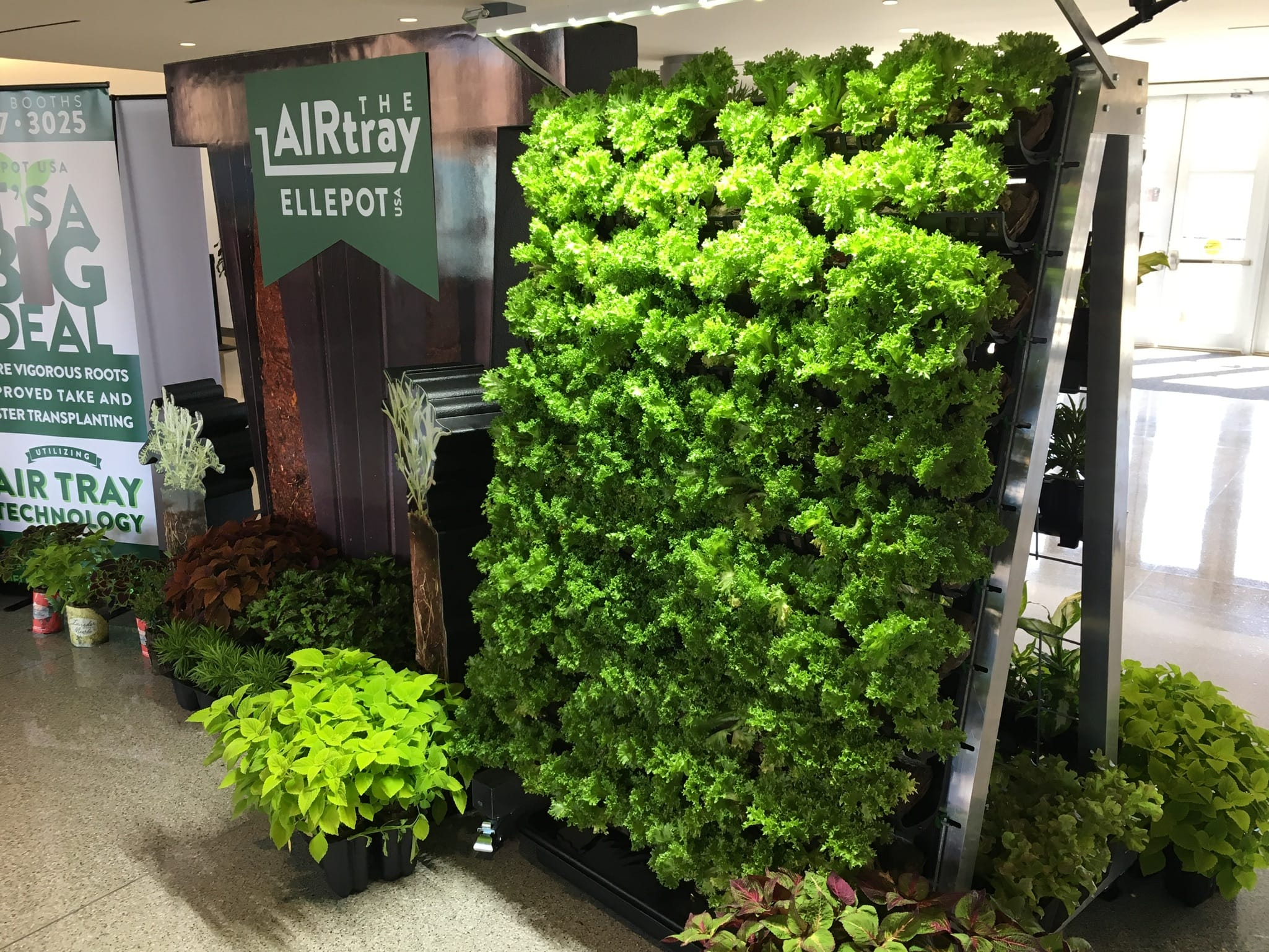
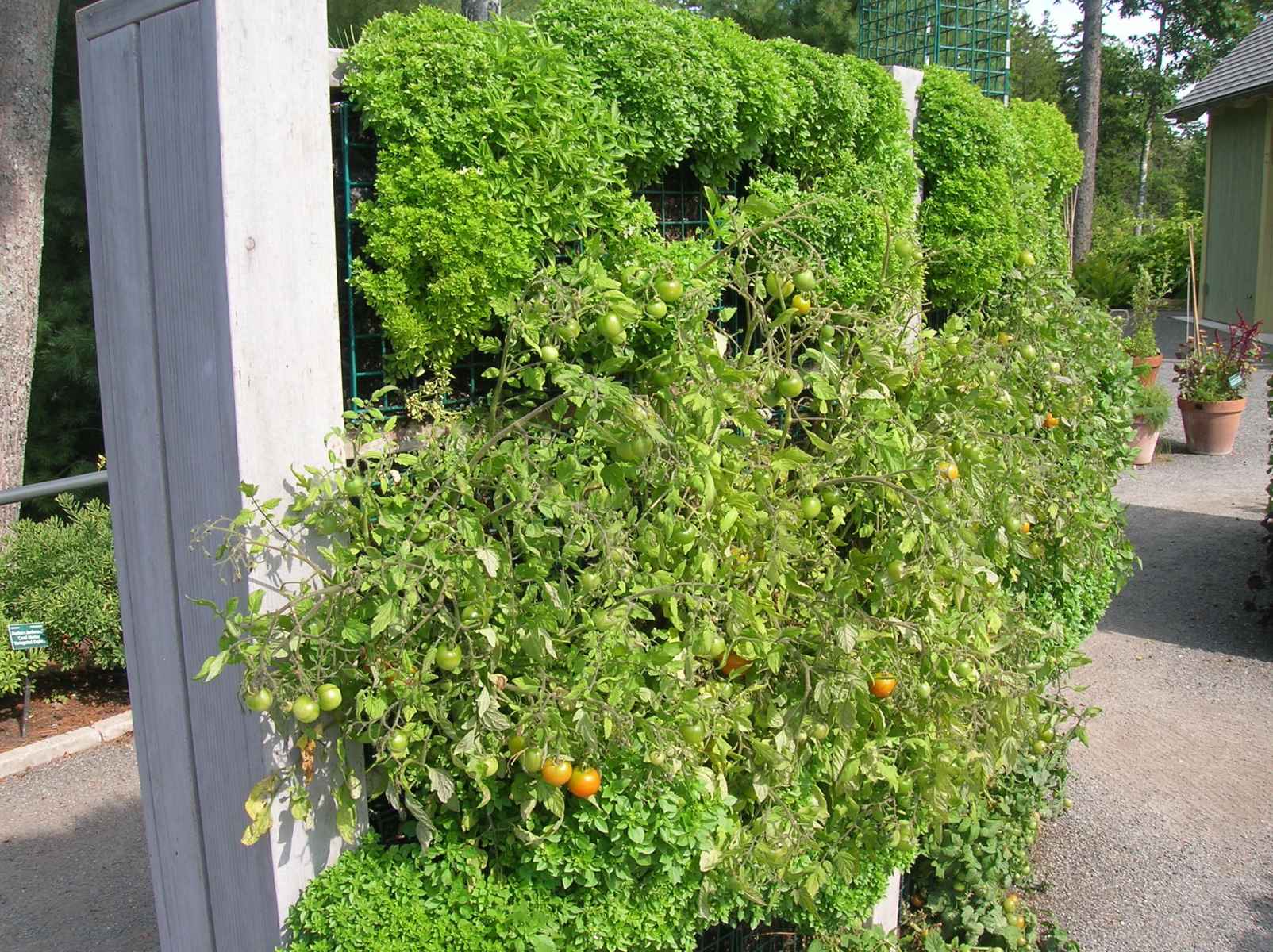




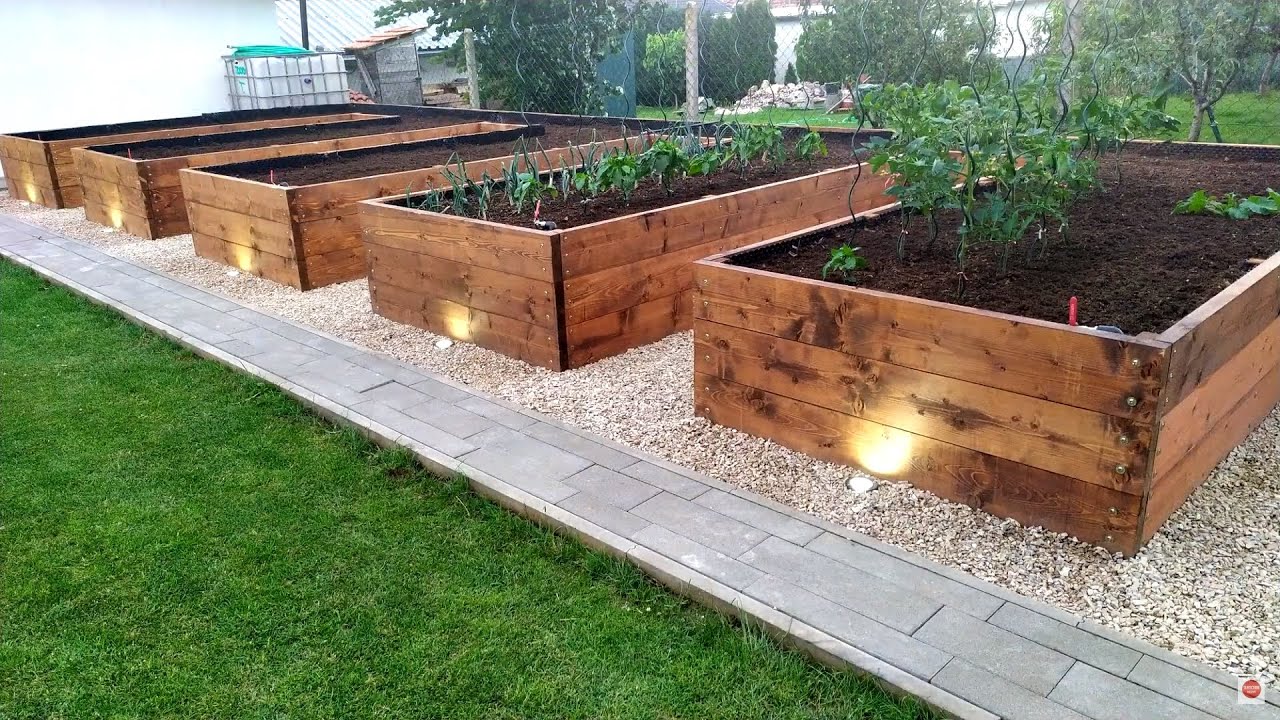
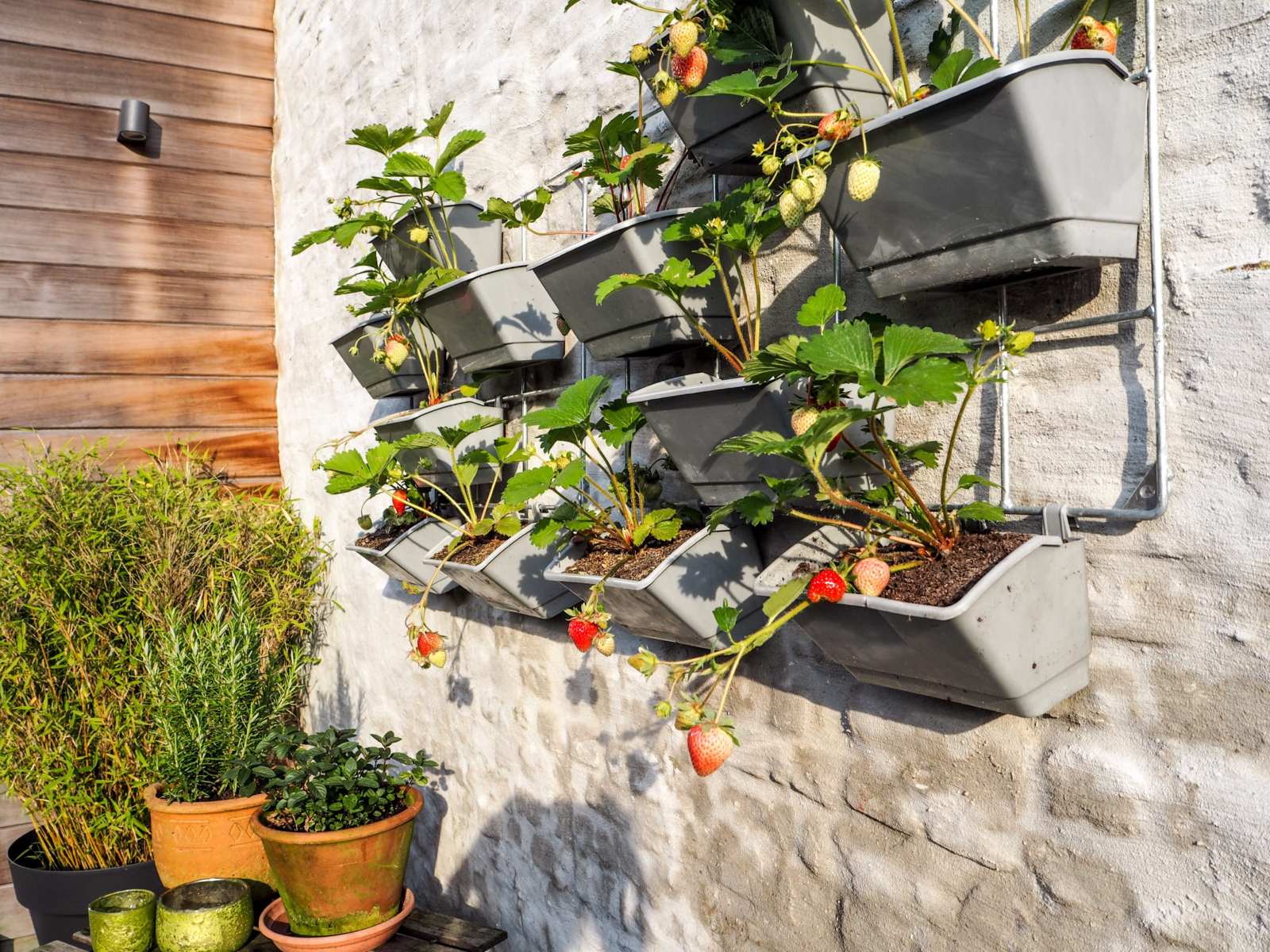
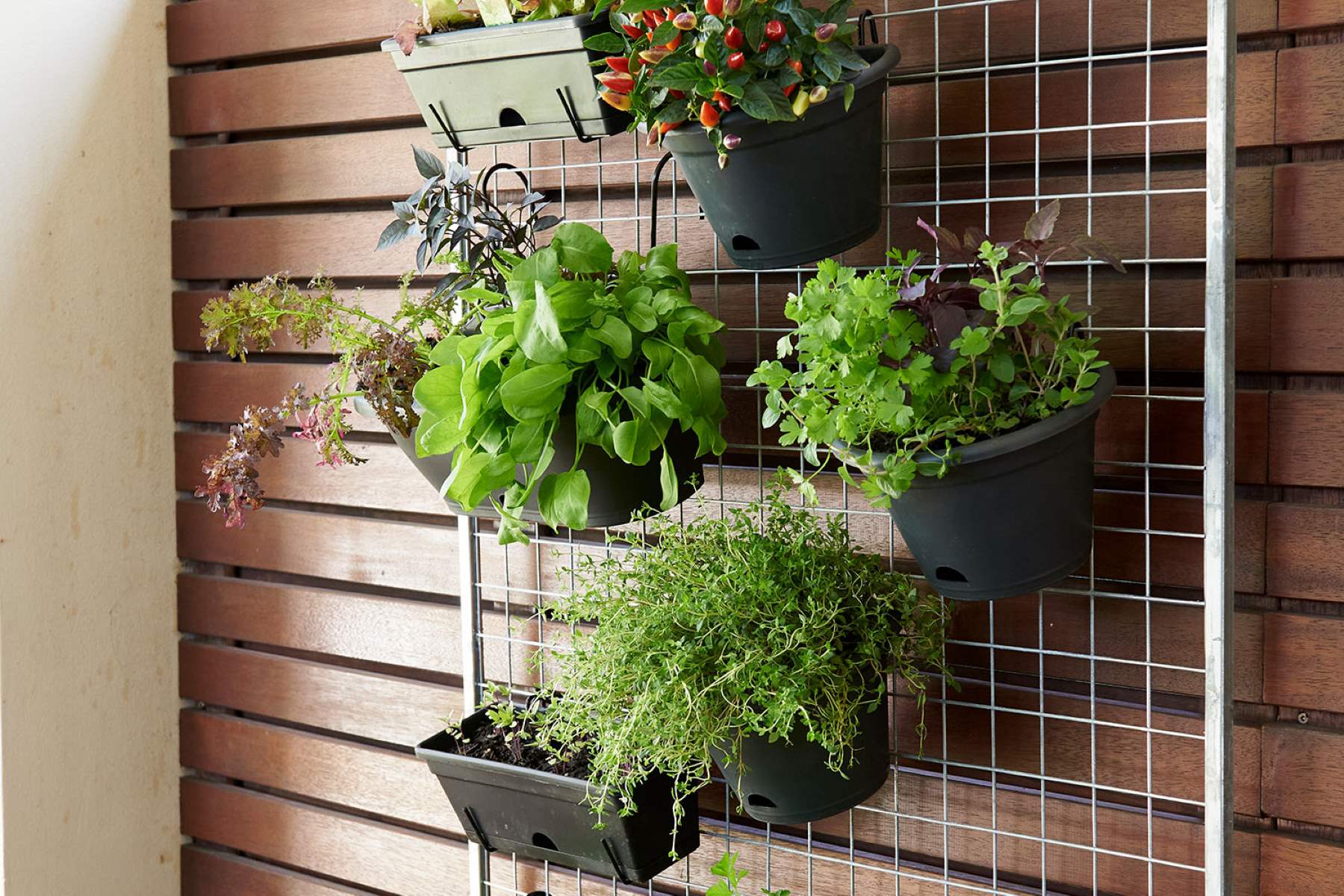
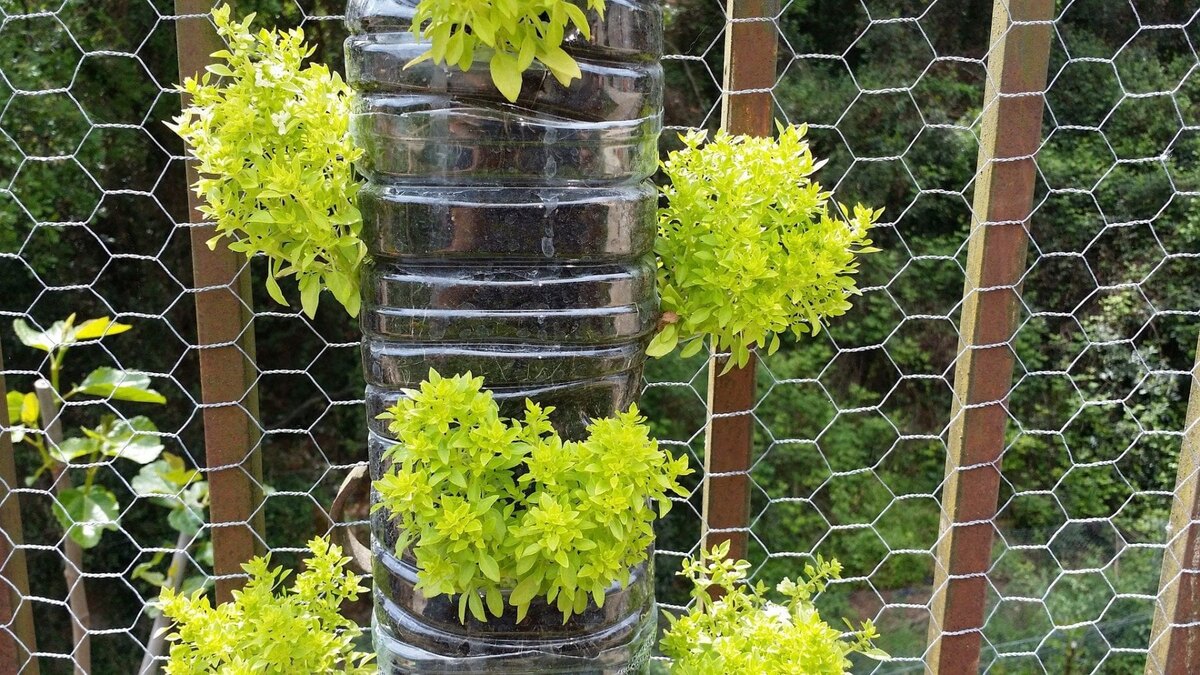
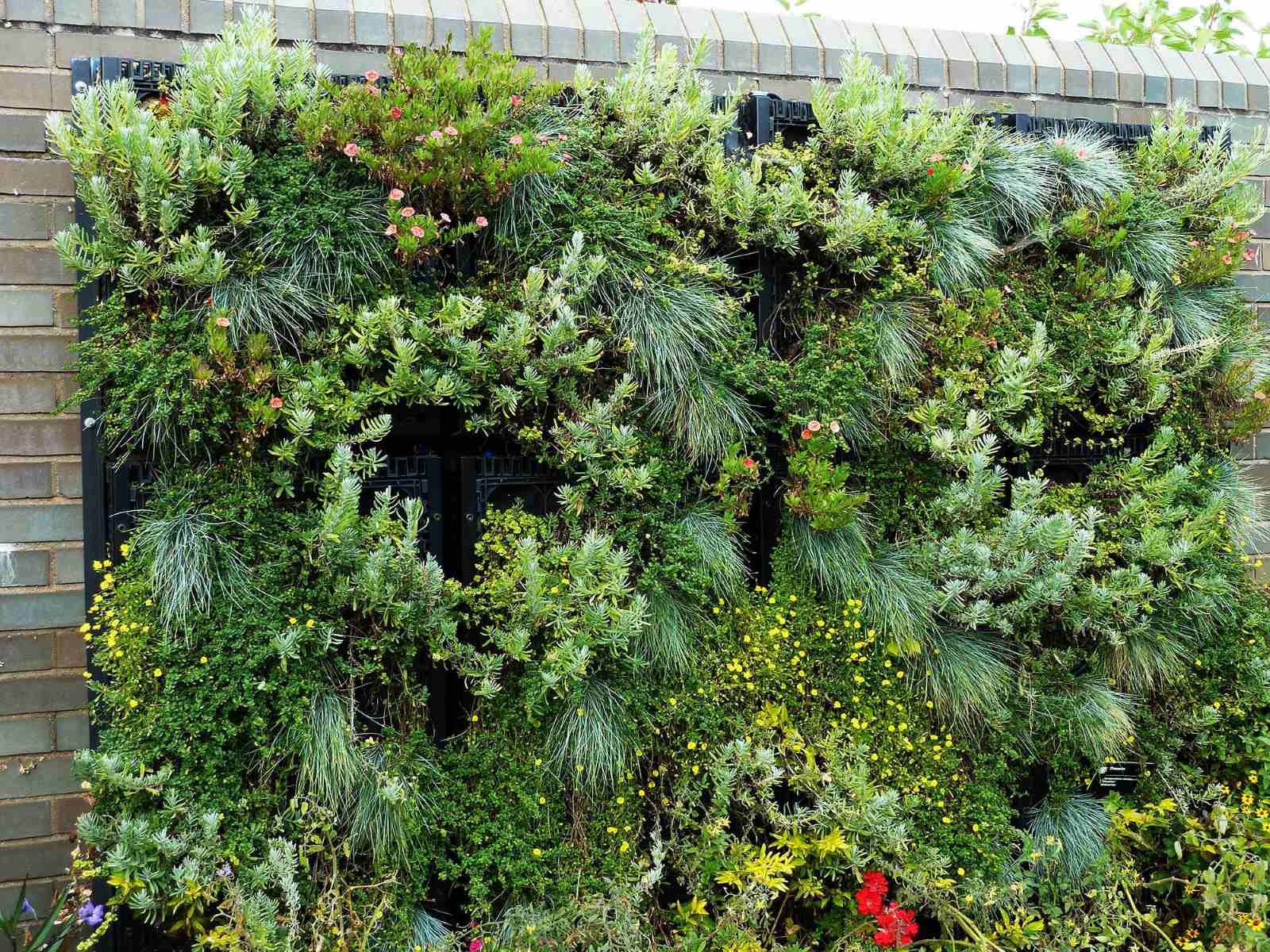




0 thoughts on “Who Created Vertical Garden Wall”